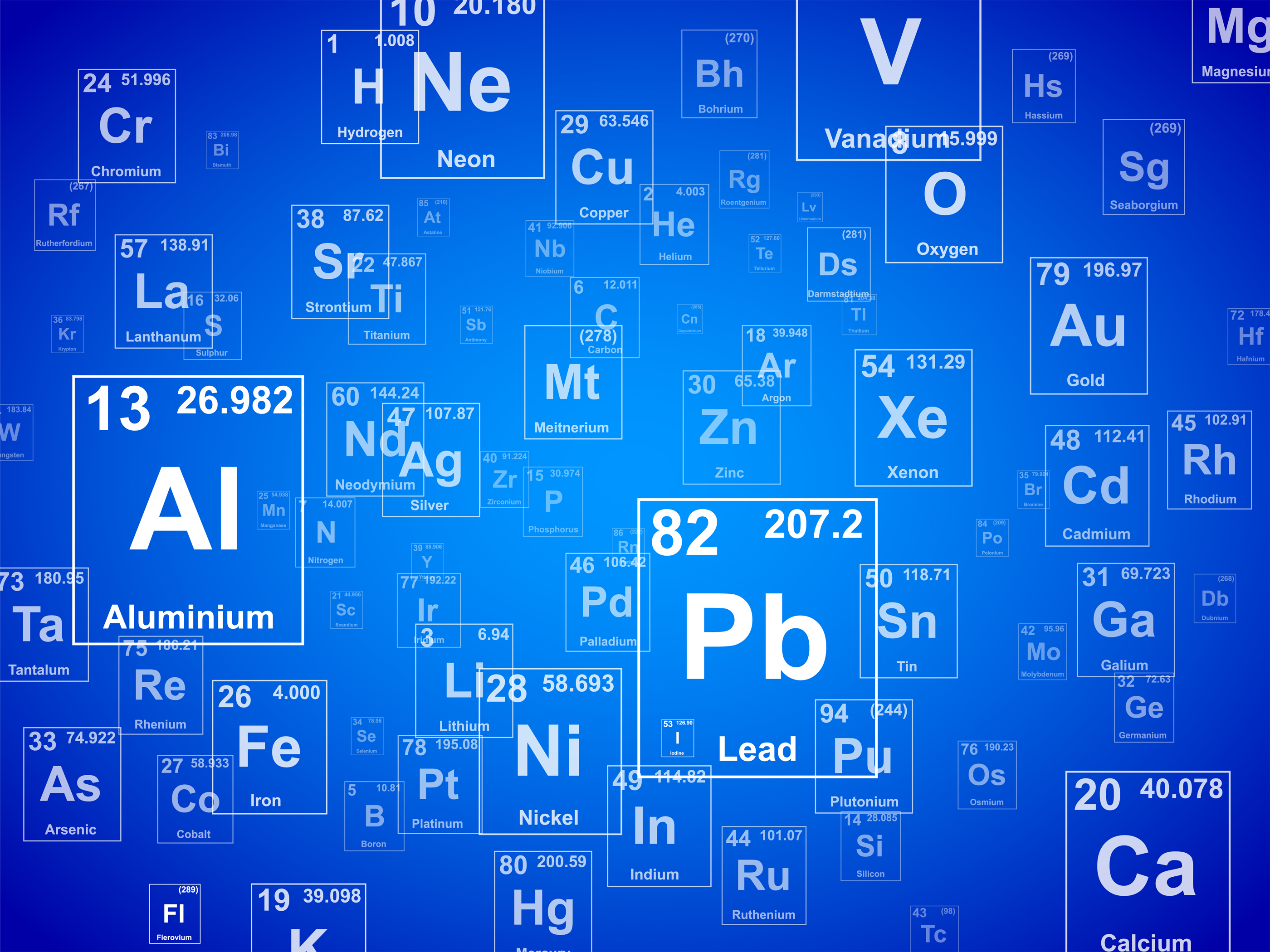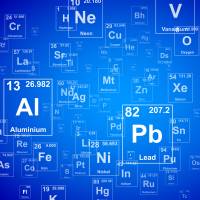Japanese scientists who discovered the atomic element 113 named it "nihonium" Wednesday evening.
The team of researchers at Riken institute coined the name from "Nihon," meaning Japan in Japanese, and gave the superheavy synthetic element the atomic symbol "Nh."
The team, led by Kyushu University professor Kosuke Morita, secured the naming rights in December after creating the element three times in 2004, 2005 and 2012.
While a U.S.-Russian team claimed to have discovered the element earlier than the Riken team, a joint working group set up by the International Union of Pure Applied Chemistry and the International Union of Pure and Applied Physics concluded the Riken team had discovered it.
Morita proposed the name to the IUPAC in March for review. After the announcement Wednesday evening, the organization is expected to invite public comments on the name before formally deciding around the end of the year.
The element has 113 protons in its nucleus. Morita's group created the element by colliding zinc ions with bismuth, which have 30 protons and 83 protons, respectively.
Naming the elements after the country where they were discovered is one of the most common naming methods. Polonium is named after Poland, francium is named after France and americium is named after the United States.




